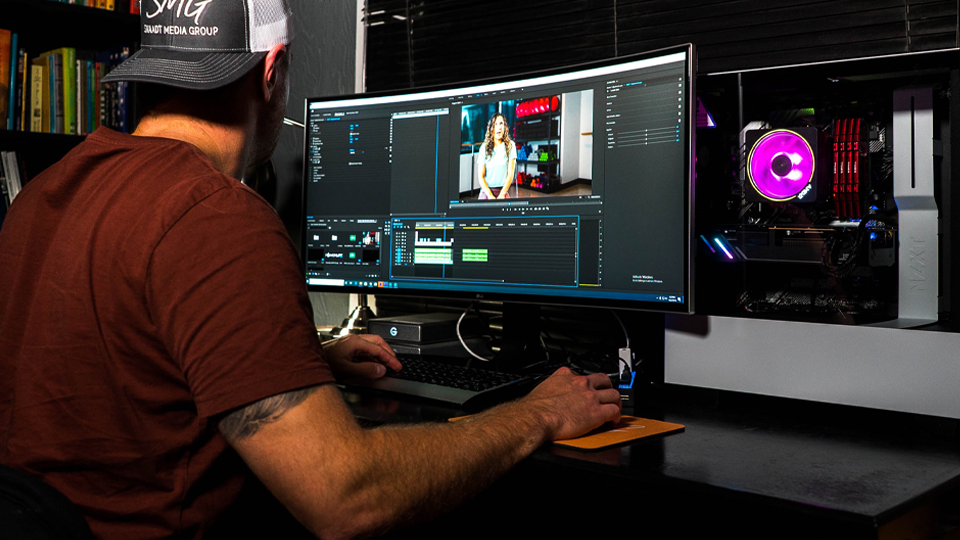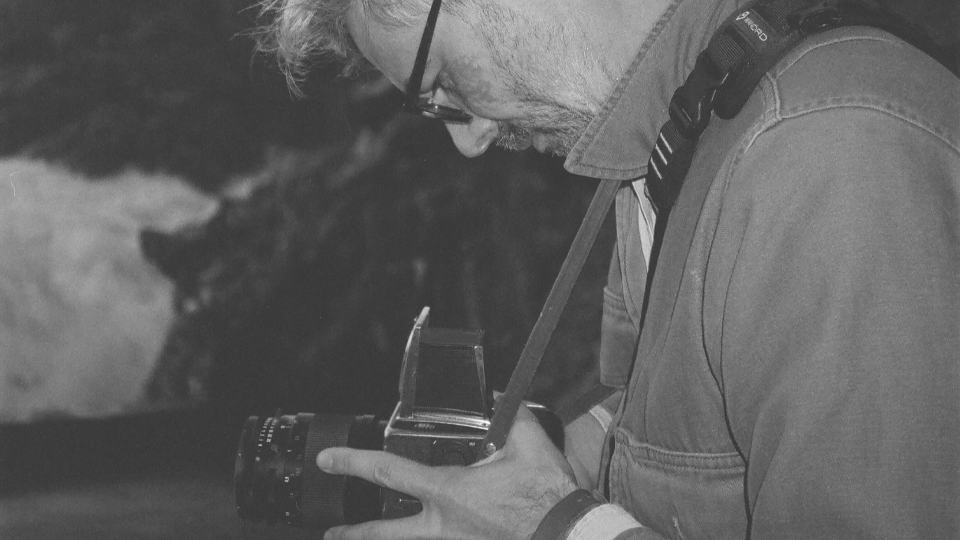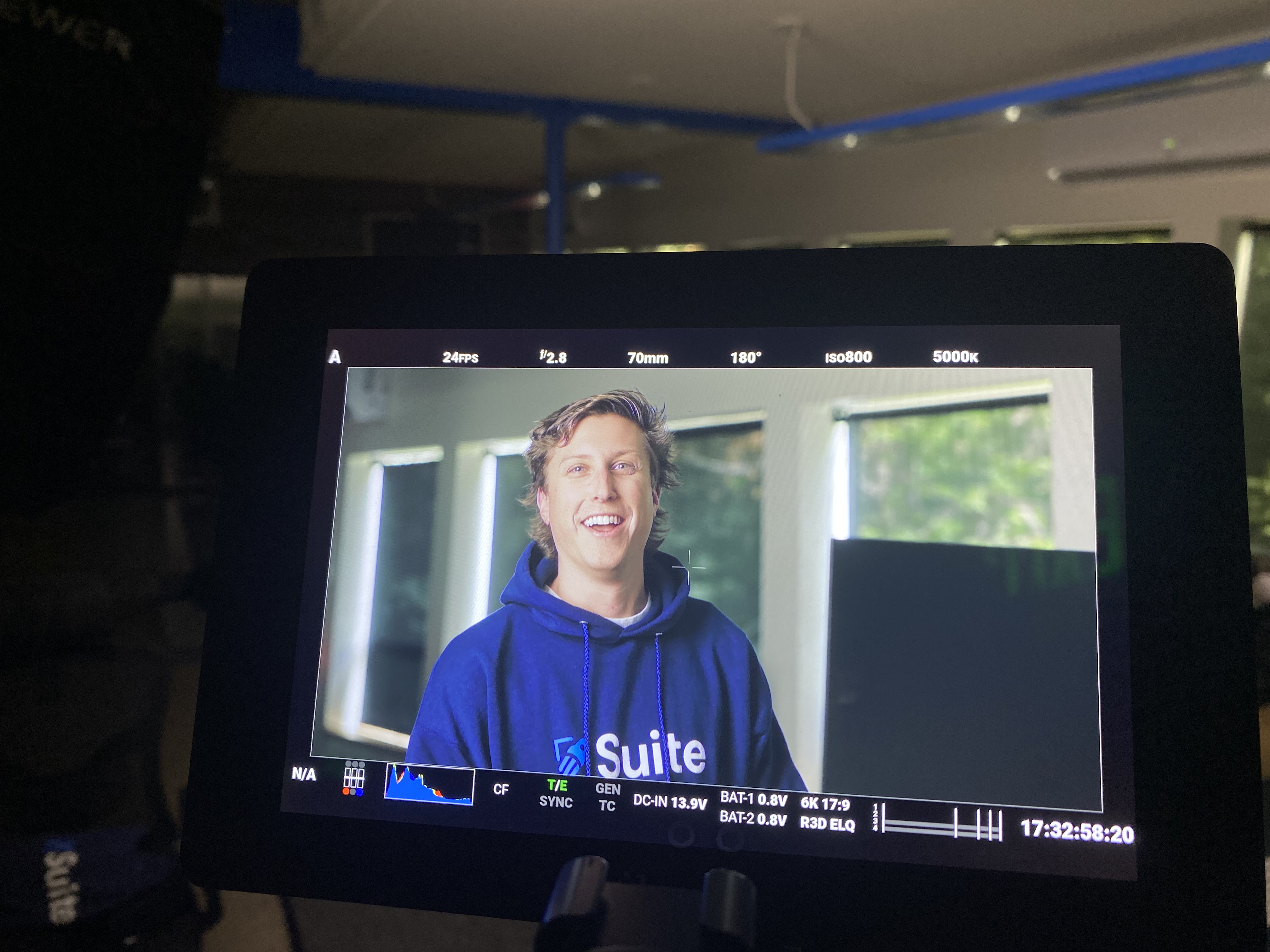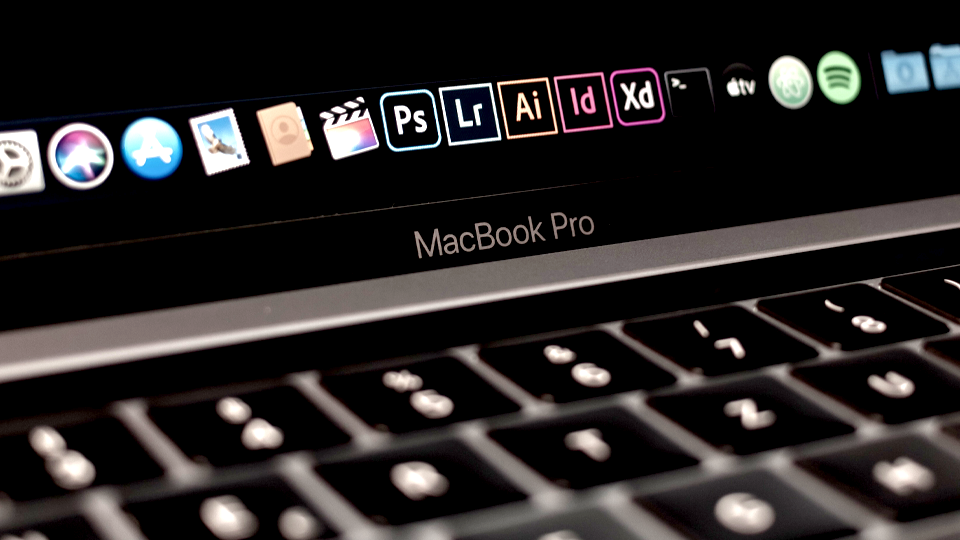The timelessness of Practical Effects: Techniques of Modern Cinema
The Editors

6 Minutes

Practical Effects will always have their place.
Practical effects have been a cornerstone of filmmaking since the early days. Unlike computer-generated imagery & other digitally created FX, practical effects require the use of physical & real-world techniques to create on-screen illusions. These effects can include models, animatronics, mirrors, makeup, stunts, the list goes on... and the enduring appeal of practical effects lies in their tangible, real-world presence, which often lends a sense of authenticity and immersion that CGI can sometimes lack. This blog explores some of these timeless techniques, highlighting both classic and contemporary examples that have left a mark on cinema.
Classic Examples of Practical Effects
Practical effects offer filmmakers a tangible way to bring their stories to life without relying on digital enhancements or computer-generated FX. From intricate prosthetics to explosive real-world pyrotechnics, these techniques allow for a visceral connection between actors and their environments, creating unforgettable on-screen moments that have an extra sense of being grounded and “real.” Whether it's through animatronics, miniatures, or atmospheric effects, the artistry behind practical effects continues to shape some of the most iconic scenes in cinema history, proving that traditional methods still hold a special place in modern filmmaking.
Prosthetics and Makeup: Prosthetics and makeup are essential for transforming actors into characters that defy the limits of the human body. Whether creating realistic injuries or bringing fantastical creatures to life, prosthetics involve custom-designed molds and appliances applied to the skin or body. Special effects makeup artists often combine these prosthetics with jaw-dropping makeup techniques to alter the actor’s appearance to be convincing on screen.
Animatronics: Animatronics involve the use of robotic devices to create lifelike movements in models or puppets, often used to portray creatures, animals, or characters that would be impossible (or too dangerous) to create with live action. Cue Steven Spielberg’s Jurassic Park. These mechanical creations are controlled by a combination of hydraulics, pneumatics, and electronics, allowing filmmakers to produce realistic, controlled movements.
Miniatures and Models: Miniatures and models are scaled-down versions of objects, environments, or vehicles used to simulate real-life scenarios in a controlled and cost-effective manner. These detailed replicas are filmed in such a way that, when combined with creative camera angles and lighting, they appear life-sized on screen.
Pyrotechnics: Pyrotechnics refer to the controlled use of explosives, fire, and other combustible materials to create effects such as explosions, gunfire, and fireballs. Safety is paramount in this field, as pyrotechnicians meticulously plan and execute these effects to achieve the desired visual impact without endangering the cast and crew. Pyrotechnics add an authentic sense of danger and spectacle to action scenes, making them surely more thrilling for the audience.
Atmospheric Effects: Atmospheric effects include any elements that alter the environment on set, such as fog, rain, snow, and wind, which can help create a specific mood or setting when it is unachievable naturally. For example, fog machines might be used to add an eerie atmosphere to a horror film, while artificial rain can intensify a dramatic moment between two lovers. These effects become part of production design to create an immersive experience for the viewer.
One of the Best: Alien (1979)
Ridley Scott's sci-fi thriller remains a benchmark for practical effects in horror and science fiction. The film's iconic Xenomorph, designed by H.R. Giger, was brought to life using a combination of costume and animatronics. Actor Bolaji Badejo, inside the suit, combined with mechanical elements for the creature’s inner workings, created a terrifyingly realistic monster. The film’s practical effects also extended to the detailed set design of the spaceship Nostromo, which was constructed to look like a functional spacecraft. This immersive environment, combined with the tactile horror of the Xenomorph, helped create a truly suspenseful and believable experience, even for the modern viewer. The physical presence of the creature and the intricately produced sets undoubtedly contribute to the film’s enduring appeal.
Modern Miniatures: Asteroid City (2023)
In Asteroid City, Wes Anderson continues his signature use of miniatures to create a highly stylized, visually distinctive fictional world in the American Southwest. The desert town, with its quirky retro-futuristic architecture, is actually largely constructed with miniature models, which adds to the film’s surreal and overtly controlled aesthetic. By using miniatures, Anderson enhances the artificiality of the setting, which complements the film’s whimsical plot. The detailed models also allow for precise camera movements, giving the environment a dollhouse-like quality while maintaining the sense of storytelling that is central to Anderson's visual style.
Contemporary Innovation: Tenet (2020)
Christopher Nolan’s Tenet is a recent example of how practical effects can be pushed to new heights in modern cinema. Known for his preference for practical over digital effects, Nolan orchestrated complex stunts and sequences that relied heavily on practical techniques. One of the most notable examples is the film’s plane crash scene, where a real Boeing 747 was used—surely this has to be one of the most bodacious stunts in Hollywood. The practical effects extended to the film’s intricate fight scenes, which were choreographed and filmed to play forwards and backwards, supporting the film’s time-bending narrative. Nolan’s innovative use of practical effects in Tenet showcases the enduring appeal of real-world techniques, even when creating conceptually complex, modern movies.
Final Thoughts
Practical effects continue to be a vital component of filmmaking, offering a sense of realism, tactility, and immersion that CGI sometimes struggles to replicate. From the groundbreaking work in Alien to the whimsical charm of Asteroid City and the innovative stunts in Tenet, practical effects continue to prove their effectiveness in creating memorable cinematic experiences. While the art and craft of practical effects remains a testament to the ingenuity of filmmakers and special effects artists, as technology continues to advance, the blend of practical effects and CGI will likely continue to evolve, offering new opportunities to build even more immersive and believable worlds for the Silver Screen.




































